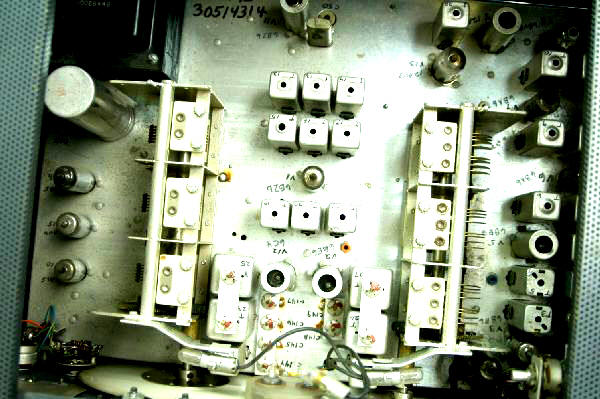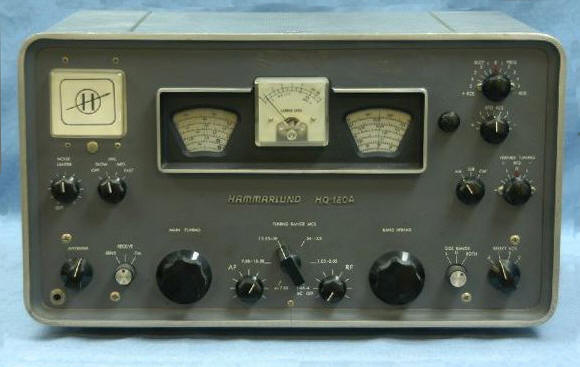Short Wave Listening Was My Window To The World
Shortwave listening is the hobby of listening to shortwave radio broadcasts. Shortwave listeners, or SWLs, do not transmit, in contrast to amateur radio operators.
What is Shortwave Radio ? We've all heard AM and FM radio stations on our car radio? A shortwave radio gets stations from places far away from where you live and are "hidden" in between the standard AM and FM band on frequencies from about 3 MHz to 30 MHz.
If you live in the U.S., you can easily listen to stations broadcasting from foreign countries like the BBC from London, Radio Australia, Radio Cuba, Swiss Radio International, Deutsche Welle (Germany), Radio Netherlands, Voice of Free China, Radio China International and Radio Japan. These stations and many others broadcast in English at certain times, usually in the evenings. These stations broadcast to foreign countries, in the language of the people in the foreign countries. Yes, that's right, you don't need to know Japanese to listen to Radio Japan. Most people who have not actually listened to shortwave signals don't know this.

This is a top view of the inside of an HQ180 All-Wave receiver form the 1960s. You san see tubes and Intermediate-Frequency cans, tuning capacitors using for broad and fine tuning and transformers needed to generate 250 volts to operate the receiver.

S-Meters, band selectors. vernier controls, mode settings... all the goodies we needed to hear the world in the 1950s ad 1960s!
Shortwave radio signals are capable of traveling long distances, unlike AM and FM stations which usually can only be heard for about 50 - 75 miles from the broadcasting station, depending on your antenna. Shortwave radio signals are designed to skip around the world and bounce in the atmosphere, meaning they can be heard far away. However, this has always meant that the quality of signals reaching the listener has always been variable, depending how strong the signal is at your location.
The sound might also be as good as an FM radio for a while and then be barely heard moments later caused by fading. International broadcast stations usually direct or "beam" their signals to the designated listening areas during the evening hours. So, if you live in New York for example, your best shortwave listening times are usually between 8:00 p.m. and midnight. The broadcast is designed to be best heard at the designated audience location. For example, a broadcast clearly heard in New York State probably can not be heard in Seattle.